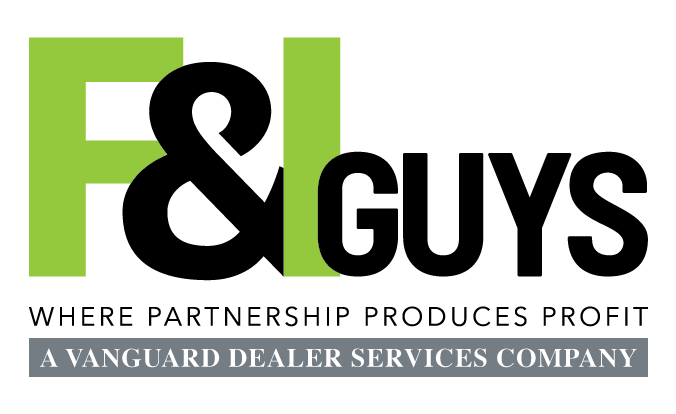There is one particular finance T.O. from earlier in my career that I will never forget. I recall it as if it were yesterday. I was confident, my speech was smooth, and I absolutely nailed all of my value points. My excitement grew, as I watched my customer smiling and nodding, hooked on my every word. Then, as the inevitable close was near, all that was left was to ask for the sale: “Which of those four options works best for you?”
Immediately after I asked the question, I switched to my keyboard, ready to enter in the product option they were sure to select. Suddenly, out of nowhere, came the one response I never expected to hear: “Excuse me, what is all of this again?” At that moment, I realized that although I thought I had been speaking clearly, my rate of speech was so rapid that my customer had not understood a single word I’d said.
I was guilty of fast talking. Here’s why that’s a problem.
Every Word Matters — But So Does Your Speed
The key to good communication is making sure the recipient receives the message as intended. That doesn’t always happen: In fact, some of the most talented and successful F&I producers in the industry could bring their game to a whole new level if they simply slowed down.
How does fast talking hurt your production? The first, and most obvious answer is that when you speak too quickly, it is much easier for the customer to misunderstand you. Too often, once that happens, they will tune you out altogether. Your pitch becomes a blur. It takes too much effort on their part to keep up with the barrage of words you are steadily sending their way.
When it comes to finance, we have all been trained on how the initial impression you make on a customer is so important to your success: Those first few minutes often set the tone for the entire interaction. When you come out spouting like an auctioneer, it not only confuses your message, but it also it hinders their impression of you. Someone who is fast talking is viewed by most to be impatient, aggressive, and lacking empathy. The customer can easily perceive your hurried speech as proof you are trying to rush through the presentation as quickly as possible, possibly because you don’t want to be there.
Perhaps an even worse result is if the consumer assumes you lack confidence in what you are talking about. This is common, as a rushed presentation makes awkward pauses more obvious, and leads to more filler words like “um,” and “like.” These factors can give the consumer the feeling you are hurrying through your presentation because you feel uneasy, which in turn makes you less trustworthy. No matter how talented you are, starting off with a poor first impression will confuse your message. A rapid-fire pace appears dishonest, so the odds of delivering the message one hopes to deliver during a presentation are not in your favor.
Be Cognizant, and Know If You’re Speaking Too Fast
The pitfalls outlined above can be avoided by simply slowing down. It seems so simple, right? The slower your delivery, the more time you have to think, which means fewer errors, and increased credibility.
Unfortunately, this habit is not an easy one to break, so it is important you are cognizant of this at all times. Are you a “fast talker,” and if so, what is your strategy for getting your message across coherently?










